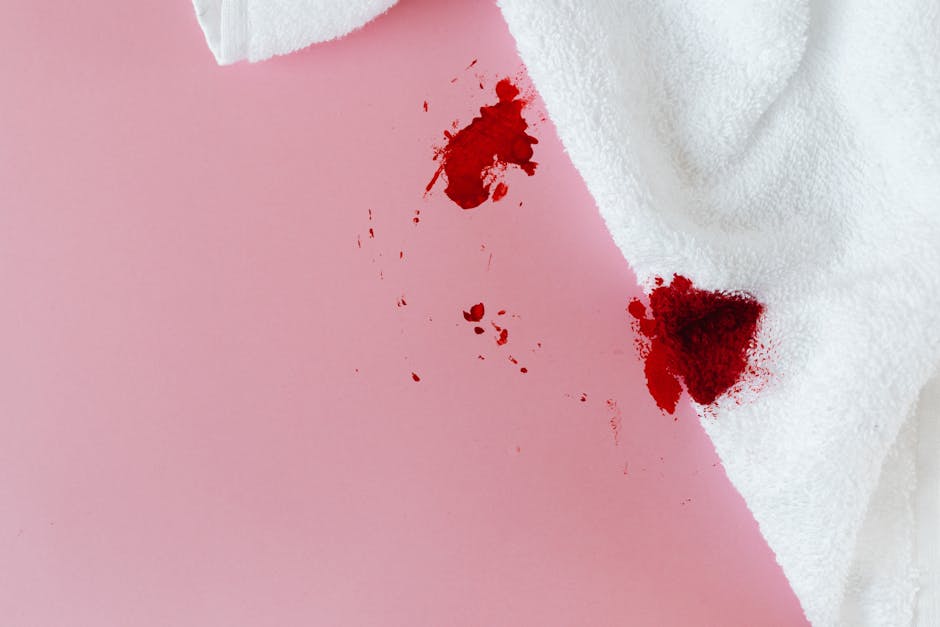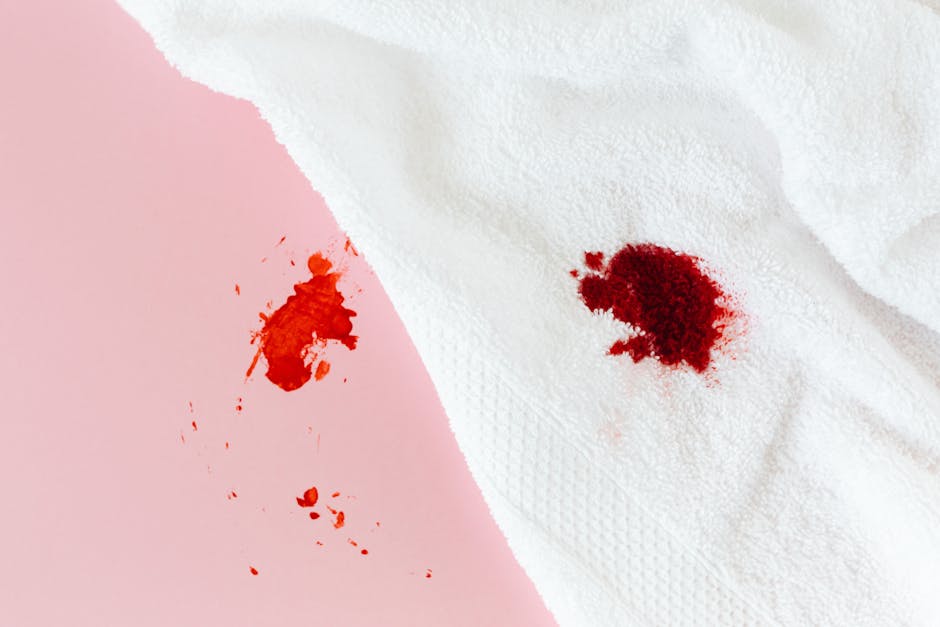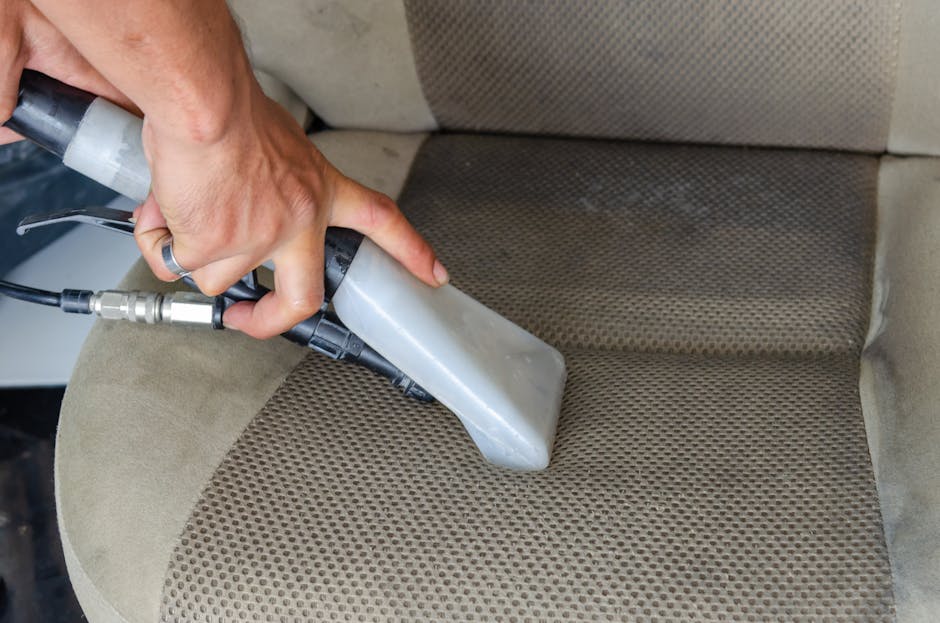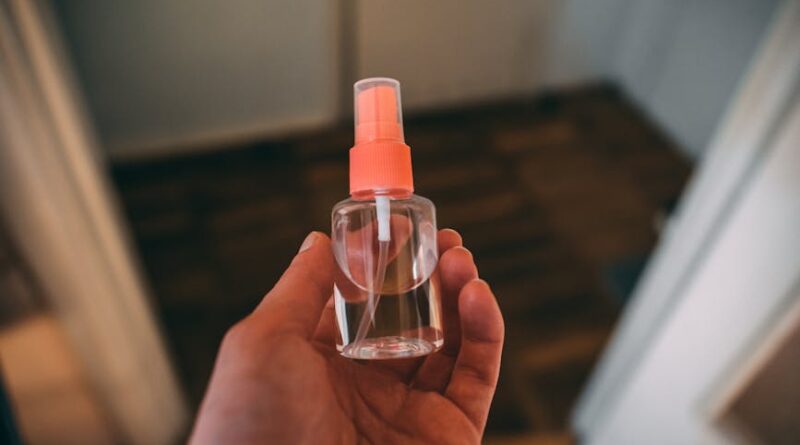Best Practices for Upholstery Spot Cleaning
Have you ever spilled coffee on your favorite couch? Or maybe your pet made a mess on your chair? Upholstery cleaning can seem daunting, but it doesn’t have to be. With the right techniques, you can keep your furniture looking fresh and clean. Lets dive into the best practices for upholstery spot cleaning!
What Do You Need to Know Before You Start?

Before grabbing a cleaning solution, it’s essential to know a few basics. Different fabrics require different cleaning methods. For instance, silk needs extra care, while polyester is more forgiving. Always check the care label on your furniture first.
According to the American Cleaning Institute, nearly 90% of people experience some type of stain on their upholstery. Knowing how to treat these stains can save your furniture and your wallet!
Why Is Spot Cleaning Important?

Spot cleaning helps maintain the beauty of your furniture. Regular cleaning can prevent stains from setting in, which makes your upholstery last longer. Plus, clean furniture adds to the overall comfort and feel of your home.
Did you know that a clean couch can improve indoor air quality? Dust and allergens can settle into upholstery, which may affect your health. Spot cleaning regularly can help you create a healthier home environment.
What Supplies Do You Need for Spot Cleaning?

Gathering the right supplies makes spot cleaning much easier. Heres a simple list of what you might need:
- Soft cloths or paper towels
- Spray bottle
- Gentle detergent or upholstery cleaner
- White vinegar
- Water
- Brush with soft bristles
- Vacuum cleaner with upholstery attachment
These items are commonly found at home or easy to purchase. They will help you tackle most stains effectively.
How Do You Spot Clean Upholstery?

Now that you have your supplies, lets get into the steps for effective spot cleaning.
Step 1: Act Fast
Timing is crucial! The sooner you address a stain, the easier it will be to remove. Blot the area gently with a cloth or paper towel to absorb as much of the stain as possible.
Step 2: Test Your Cleaner
Before using any cleaner, test it on a hidden area. This way, you can ensure it won’t discolor or damage your upholstery. it’s like a trial run for your cleaning solution.
Step 3: Blot, Don’t Rub
When applying your cleaner, always blot the stain rather than rubbing it. Rubbing can spread the stain and damage the fabric. Use a soft cloth and dab gently.
Step 4: Rinse with Water
After treating the stain, rinse the area with plain water. This step removes any leftover cleaner that might attract dirt. Again, use a clean cloth to blot away excess moisture.
Step 5: Allow to Dry
Let the area air dry completely. Avoid sitting on it until it’s dry to prevent any new stains. Place a fan nearby or open windows to speed up the process.
What Types of Stains Can You Clean?
Understanding the type of stain you’re dealing with is vital. Here are a few common stains and how to handle them:
- Food stains: Use a mix of water and mild detergent. Blot gently.
- Grease: Sprinkle baking soda on the stain, let it sit, then vacuum it up. Follow with a gentle cleaner.
- Ink: Dab with rubbing alcohol on a cotton ball. Blot until the stain lifts.
- Pet stains: Use an enzymatic cleaner designed for pet messes. These break down the odor-causing substances.
Remember, always use a gentle touch. The goal is to lift the stain, not damage the fabric.
Can I Use Homemade Cleaners?
Absolutely! Many people prefer homemade cleaners for their safety and effectiveness. Here are a few popular recipes:
- Vinegar solution: Mix one part white vinegar with two parts water. This solution cuts through odors and stains.
- Baking soda paste: Combine baking soda with a bit of water to create a paste. Apply to the stain, let it dry, then vacuum.
- Castile soap mix: Mix a few drops of Castile soap with water in a spray bottle for a gentle cleaner.
Always test these mixtures on a small area first!
How Do You Maintain Clean Upholstery?
Prevention is key! Here are some tips to keep your upholstery clean longer:
- Vacuum regularly to remove dust and debris.
- Use fabric protectors to help resist stains.
- Rotate cushions to ensure even wear.
- Avoid direct sunlight on fabric to prevent fading.
Implementing these habits will save you time and effort in the long run.
What About Professional Cleaning?
Sometimes, despite your best efforts, a stain just won’t budge. In such cases, consider hiring a professional cleaner. They have specialized tools and solutions to tackle tougher stains.
According to the Institute of Inspection, Cleaning and Restoration Certification (IICRC), professional cleaning is recommended at least once a year, depending on usage. This keeps your upholstery looking it’s best.
Common Misconceptions About Upholstery Cleaning
Many people believe that cleaning upholstery is too hard or that it can ruin the fabric. Here are a few common myths debunked:
- Myth: All fabrics can be cleaned the same way. Truth: Different fabrics require different care.
- Myth: Water is always a good cleaner. Truth: For some fabrics, water can cause damage.
- Myth: You shouldn’t clean your furniture often. Truth: Regular cleaning prolongs the life of your upholstery.
Now that you know the facts, you can clean with confidence!
What Are the Key Takeaways?
Spot cleaning upholstery doesnt have to be a headache. Heres a quick recap:
- Act quickly to tackle stains.
- Know your fabric and test cleaners first.
- Blot, don’t rub, to prevent damage.
- Maintain your upholstery with regular vacuuming and protective measures.
- Consider professional cleaning for tough stains.
By following these best practices, you can keep your upholstery looking great for years to come. Happy cleaning!
For more tips on cleaning and maintaining your home, check out our related post!
For more information on upholstery care, visit the American Cleaning Institute.



